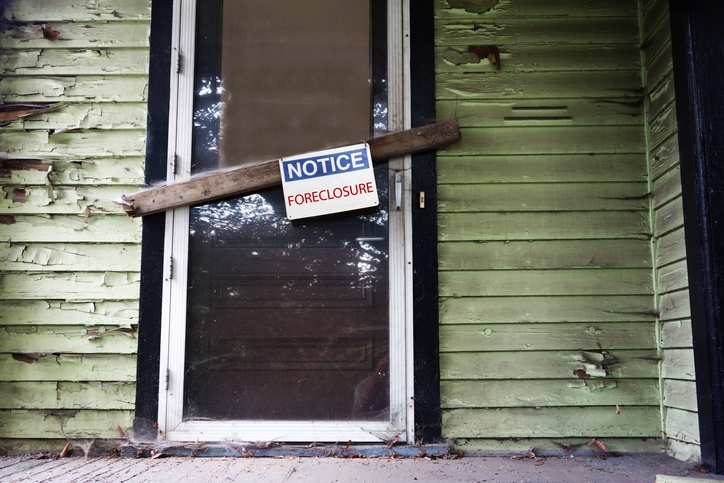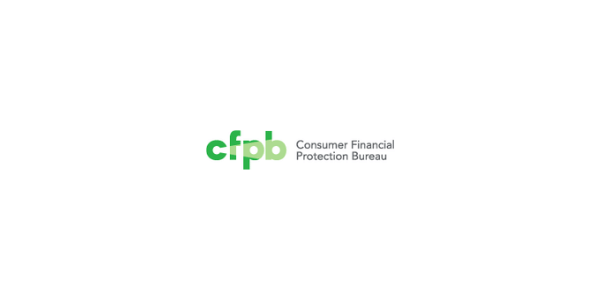
Zombie Foreclosures Inch Up Again

Numbers still rising gradually since foreclosure moratorium ended in 2021.
- The number of residential properties in the process of foreclosure is up 5% from Q4 and nearly 30% YoY.
- Among the pre-foreclosure properties, 8,141 are zombie foreclosures, up 5.4% from Q4 and 10.6% YoY.
With the pandemic moratorium far in the rearview mirror, the number of homes facing foreclosure nationwide continues to grow, according to a new report from ATTOM.
The land, property, and real estate data company on Thursday released its Vacant Property and Zombie Foreclosure Report for the first quarter of 2023, and found that 298,533 residential properties in the U.S. are in the process of foreclosure in the first quarter of this year, up 5% from the fourth quarter of 2022 and up nearly 30% from the first quarter of 2022.
A growing number of homeowners have faced possible foreclosure since the moratorium on lenders pursuing delinquent homeowners, imposed after the Coronavirus pandemic hit in early 2020, was lifted in the middle of 2021.
Among the pre-foreclosure properties, 8,141 are zombie foreclosures — pre-foreclosure properties abandoned by owners — in the first quarter of 2023, up 5.4% from the previous quarter and up 10.6% from a year earlier.
The count of zombie properties has grown in each of the last four quarters, ATTOM said.
According to the report, 1.28 million residential properties in the U.S. sit vacant. That represents 1.3% of all U.S. properties, or one in 79 homes.
The report analyzes publicly recorded real estate data collected by ATTOM — including foreclosure status, equity, and owner-occupancy status — matched against monthly updated vacancy data.
Still Historically Low
Despite the ongoing increase, the number of zombie-foreclosures remains historically low, ATTOM said, with little impact on the nation's total stock of 101.1 million residential properties.
Just one of every 12,415 homes in the first quarter of 2023 is vacant and in foreclosure. That ratio is up from one in 12,963 in the fourth quarter of 2022 and from one in 13,424 in the first quarter of last year.
"The potential damage from zombie foreclosures and the decay they can cause remains far off the radar screen throughout much of the country," said Rob Barber, CEO for ATTOM. "Although, there are few signs that indicate this could change over the coming months, as the numbers continue ticking upward, along with foreclosures in general. That's something we will continue to keep an eye on, especially in economically distressed communities."
The latest zombie foreclosure numbers — still a minimal presence throughout most of the country — continues one of the most enduring effects of the 11-year U.S. housing market boom that more than doubled the national median home value, ATTOM said.
The runup stalled in the second half of last year as the median single-family home price dipped 8% nationwide.
But the decade of price gains boosted the typical selling profit margin up over 50% and raised homeowner equity to the point where almost half of all mortgaged homes across the country are worth at least twice what owners still owe on their loans. That, along with high employment and other factors, has left most homeowners in a strong enough position to resist foreclosure, or at least sell their homes if they fall far enough behind on their mortgages to face a lender takeover.
The current situation stands in marked contrast to the years when the housing market collapsed following the Great Recession and a surge in homeowners abandoned their properties to foreclosure, ATTOM said.
Zombies By State
While zombie foreclosures remain a rarity in most neighborhoods nationwide, the biggest increases from the fourth quarter of 2022 to the first quarter of 2023 in states with at least 50 zombie properties are in Iowa (zombie properties up 42%, from 160 to 227), Arizona (up 25%, from 40 to 50), Oklahoma (up 20%, from 118 to 142), Maryland (up 20%, from 150 to 180) and Massachusetts (up 17%, from 63 to 74).
The biggest quarterly decreases among states with at least 50 zombie foreclosures are in Maine (zombie properties down 10%, from 67 to 60), Nevada (down 10%, from 101 to 91), Georgia (down 6%, from 83 to 78), Connecticut (down 3%, from 75 to 73) and Michigan (down 3%, from 76 to 74).
Vacancy Rates Steady
The vacancy rate for all residential properties in the U.S. has held steady in the first quarter of 2023, after dropping in the prior three quarters. It now stands at 1.27% (one in 79 properties), virtually the same as the 1.26% level in the fourth quarter of 2022 (one in 79), but still down from 1.37% in the first quarter of last year (one in 73).
States with the biggest annual drops in the overall vacancy rate include Tennessee (down from 1.94% of all homes in the first quarter of 2022 to 1.12% in the first quarter of this year), Georgia (down from 1.74 % to 1.44%), Minnesota (down from 1.02% to 0.78%), New Mexico (down from 2.07% to 1.86%) and Kansas (down from 2.35% to 2.15%).
Other Highlights:
- Among metropolitan statistical areas in the U.S. with at least 100,000 residential properties and at least 100 properties facing possible foreclosure in the first quarter of 2023, the highest zombie foreclosure rates are in Wichita, Kan. (10.5% of properties in the foreclosure process are vacant); Peoria, Ill. (9.9%); Cedar Rapids, Iowa (8%); Flint, Mich. (7.7%) and Palm Bay-Melbourne, Fla. (7.4%).
- The highest zombie-foreclosure rates in major metro areas with at least 500,000 residential properties and at least 100 homes facing foreclosure in the first quarter of 2023 are in Cleveland (6.1% homes in the foreclosure process are vacant); Baltimore (6%); Pittsburgh (5.9%); Indianapolis, Ind. (5.8%) and St. Louis (5.8%).
- Among the 23.7 million investor-owned homes throughout the U.S. in the first quarter of 2023, about 846,000 are vacant, or 3.6 %. The highest levels of vacant investor-owned homes are in Indiana (6.8% vacant), Oklahoma (6%), Alabama (6%), Kansas (5.8%) and Ohio (5.8%).
- Among the roughly 13,700 foreclosed, bank-owned homes in the U.S. during the first quarter of 2023, 13% are vacant. In states with at least 50 bank-owned homes, the largest vacancy rates are in Kansas (26%), Ohio (23.3%), Iowa (22.9%), Oregon (20.7%) and Illinois (20.1%).
ATTOM analyzed county tax assessor data for about 100 million residential properties for vacancy, broken down by foreclosure status and owner-occupancy status. Only metropolitan statistical areas with at least 100,000 residential properties and counties with at least 50,000 residential properties were included in the analysis.




